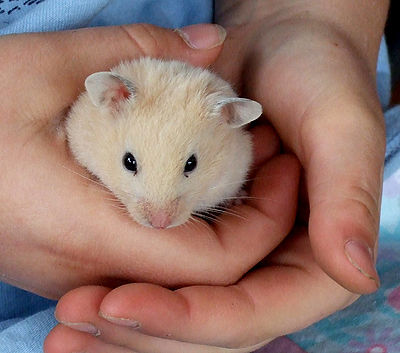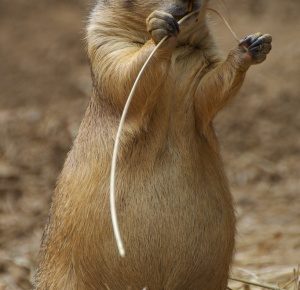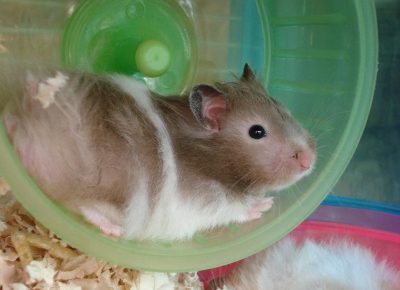
Children’s introduction to pets is so important for a number of reasons.
Pets teach children to be responsible for the care, nurturing and well-being of a living creature which translates into being able to handle adult responsibilities. Children learn about nature and the environment in caring for pets. And pets teach children intangibles – feelings and love of creatures different from themselves and that we are all connected to each other.
Children learn to have confidence in their abilities. After all, animals accept them as they are, unconditionally.
Children who undergo traumatic experiences or are shy or lonely often relate more easily to a pet than to other humans. Pets don’t judge them and will always listen. Although they may not be able to communicate in our language, children sense they care.
Pets also teach children of good health. Some of the duties of sharing life with a pet is keeping it well-nourished, clean and caring for its living conditions.
You know your children best and understand the type of pet that would fit them. Some small pets that may be suitable for children are rabbits, mice, rats, gerbils, hamsters, guinea pigs, fish, birds, chinchillas, ferrets.
Birds can be fun pets for children. They are interactive and most live quite a while. Cost of the bird varies with type, size and equipment necessary. Some birds can be trained to talk and do tricks. Cages must be kept clean and food and water provided fresh daily. Care needs to be taken with small birds as they can be fragile. A large bird may not be the proper pet for a child as they can inflict painful, dangerous bites.
Rabbits are inexpensive to keep. Although they don’t enjoy being held much, they will interact with a child. The child must be taught how to hold the rabbit to avoid getting scratched. They can be trained to use a litter box. Rabbits should be spayed/neutered. Most breeds of rabbit live to about 10 years. They require some grooming, at least weekly.
Reptiles can be interesting pets for children. However some are aggressive and will bite. They often need to be fed live food such as rats and mice which could be a problem for both adults and children. Reptiles can be expensive to keep as they require special living conditions.
Ferrets have personality plus, are very energetic and active. They do require grooming – nail trimming, brushing, regular teeth brushing. Lifespan in captivity is about 5-7 years.
Hamsters, gerbils, rats, mice and guinea pigs are often a child’s first pet. Hamsters, gerbils and rats have a lifespan of about 2-3 years; mice about 1-2 years and guinea pigs, about 5 years. Once the cages are set up, they are all relatively easy and inexpensive to maintain. They give many hours of pleasures watching their antics. Children need to be taught how to handle them properly so as not to injure them.
Chinchillas make great pets. They are easy to care for, they are gentle and their lifespan, 10-12 years average, is longer than most small creatures. The only part that some would call a downside is that they enjoy regular dust baths which can be messy.
Fish are nice pets to watch. They are not interactive, but an aquarium can offer a pleasant learning experience. Parents do have to chip in with the work of maintaining the aquarium.
When choosing a small animal as a pet, consider how it will interact with the child, the lifespan, the care necessary.
Children, especially young ones, should have a certain amount of parental supervision when caring for pets. Parents must be aware that having a pet is a commitment that they make to the pet as does the child.


